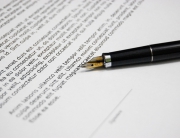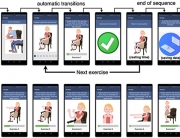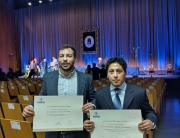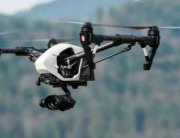Implementation of a virtual laboratory for training on sound insulation testing and uncertainty calculations in acoustic tests
This paper describes a methodology and case study for the implementation of educational virtual laboratories for practice training on acoustic tests according to international standards. The objectives of this activity are (a) to help the students understand and apply the procedures described in the standards and (b) to familiarize the students with the uncertainty in measurement and its estimation in acoustics. The virtual laboratory will not focus on the handling and set-up of real acoustic equipment but rather on procedures and uncertainty. The case study focuses on the application of the virtual laboratory for facade sound insulation tests according to ISO 140-5:1998 (International Organization for Standardization, Geneva, Switzerland, 1998), and the paper describes the causal and stochastic models and the constraints applied in the virtual environment under consideration. With a simple user interface, the laboratory will provide measurement data that the students will have to process to report the insulation results that must converge with the “virtual true values” in the laboratory. The main advantage of the virtual laboratory is derived from the customization of factors in which the student will be instructed or examined (for instance, background noise correction, the detection of sporadic corrupted observations, and the effect of instrument precision).












